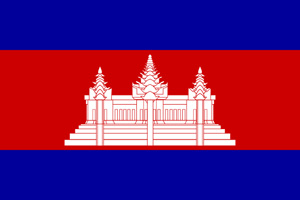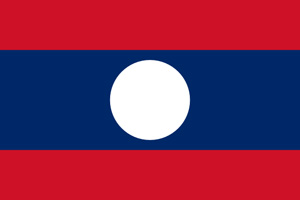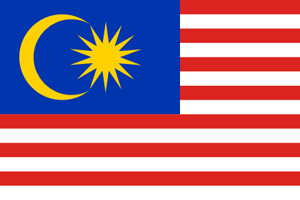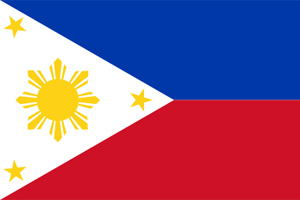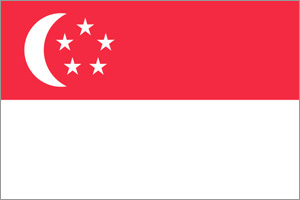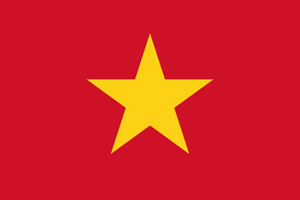7 Administrative rulings
The WTO dispute Settlement Body defined “administrative rulings” as actions of governing or exercising authorities, government, authority, control, influence or authoritative pronouncements stemming from administrative bodies (EC – IT Products).
The type of administrative rulings relevant for purposes of the ATR/NTR are those of ‘general application’. This section contains references to administrative rulings concerning the application and interpretation of trade and customs laws, such as, inter alia, those concerning: goods’ tariff classification, origin determination and the appropriate method for customs valuation; relief or exemption from customs duties (where decided by an administrative authority); safeguard measures (where imposed by an administrative authority), quota management.
The term ‘administrative ruling’ is found in Article X of the GATT, on “Publication and Administration of Trade Regulations”. The type of administrative rulings relevant to Article X of the GATT are those of ‘general application’. The transparency requirements under Article X are not concerned with administrative rulings that are not of general application. Administrative rulings in individual cases will be of ‘general application’ where such rulings establish or revise principles or criteria applicable in future cases and of a systemic discretion to deviate from a general methodology.
Some interpretative guidance on the notion of ‘general application’ is offered by WTO case-law:
In US – Underwear, the WTO Appellate Body upheld the panel’s interpretation
“… that Article X:1 of GATT 1994, which … uses the language ‘of general application’, includes ‘administrative rulings’ in its scope. The mere fact that the restraint at issue was an administrative order does not prevent us from concluding that the restraint was a measure of general application. Nor does the fact that it was a country-specific measure exclude the possibility of it being a measure of general application. If, for instance, the restraint was addressed to a specific company or applied to a specific shipment, it would not have qualified as a measure of general application. However, to the extent that the restraint affects an unidentified number of economic operators, including domestic and foreign producers, we find it to be a measure of general application”.[2]
In EC – Poultry, the WTO Appellate Body upheld the panel’s finding that the withholding of information regarding a specific shipment was not inconsistent with Article X as being outside its scope. It noted that:
“… Article X does not deal with specific transactions, but rather with ‘rules of general application’. (…) Although it is true … that any measure of general application will always have to be applied in specific cases, nevertheless the specific treatment accorded to each individual shipment cannot be considered a ‘measure of general application’ within the meaning of Article X”.[3]
The WTO Appellate Body further agreed with the panel that:
“conversely, licenses issued to a specific company or applied to a specific shipment cannot be considered to be a measure of ‘general application’ within the meaning of Article X”.[4]
In the Japan – Film case, the panel referred to the panel Report on US – Underwear when interpreting the term ‘of general application’ as follows:
“…inasmuch as the Article X:1 requirement applies to all administrative rulings of general application, it should also extend to administrative rulings in individual cases where such rulings establish or revise principles or criteria applicable in future cases”.[5]
The ATIGA does not require that administrative rulings to be notified/included in the ATR be of ‘general application’. However, in order to ensure synchrony with parallel WTO and ATIGA obligations[6] and to avoid placing unnecessary burdens on AMSs, the recommendation is made that the requirement to (notify and) include in the ATR and NTRs administrative rulings, be interpreted so to cover only administrative rulings of ‘general application’.
Notably, this interpretation would exclude from the scope of administrative rulings anti-dumping and countervailing measures adopted by administrative authorities, but, arguably, not safeguard measures. This clarification is important only to the extent that the AMSs ultimately decide that anti-dumping and/or countervailing measures are to be subjected to the transparency obligations of Article 13 of the ATIGA and are not to be classified as NTMs (this report recommends that anti-dumping and/or countervailing measures, as well as safeguards, be all classified as NTMs, as described above).
The types of administrative rulings that are relevant for purposes of Article 13(2)(vii) of the ATIGA are those concerning the application and interpretation of trade and customs laws, such as, inter alia, those concerning: goods’ tariff classification (e.g., binding tariff information, nomenclature explanatory notes), origin determination (e.g., binding origin information,) and the appropriate method for customs valuation; relief or exemption from customs duties (where decided by an administrative authority); safeguard measures (where imposed by an administrative authority and if not otherwise classified under the ATR ‘topic’ on “non-tariff measures”), quota management.



